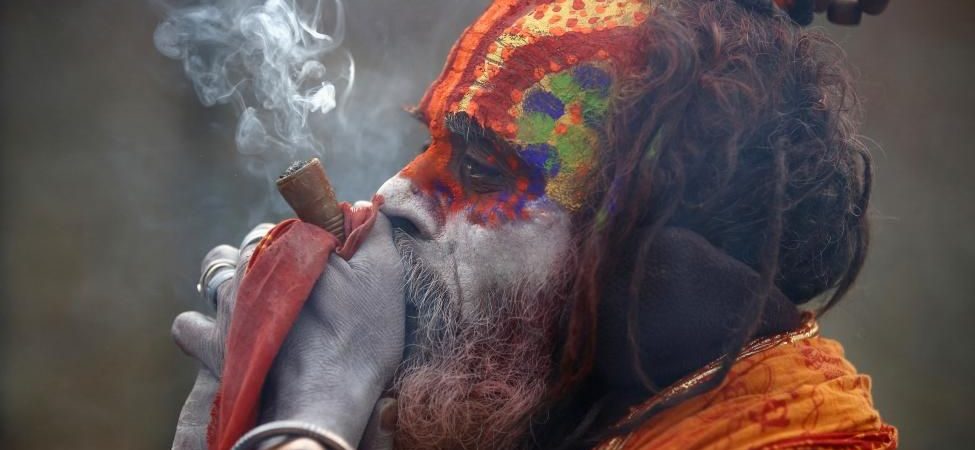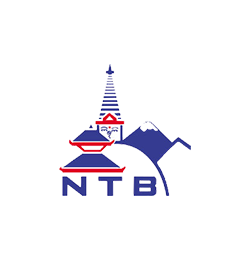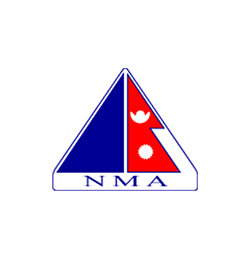
Two Days Cultural Tour In Kathmandu
White Hill Adventure Treks & Expeditions offers a wide range of exciting and interesting tour around Kathmandu from half-day to full-day to 2 days or more, as Kathmandu a blend of the modern and medieval period city where you will see many cultural-historical monuments of temples-Stupas-monasteries with old king palace and courtyard of great importance and of immense interest. White Hill Adventure Treks & Expeditions takes delight in showing you the past and present glory of Nepal around World Heritage Sites.
Kathmandu
The Kathmandu Valley is indeed a unique type of valley, wearing an exotic setting. Twenty-five centuries back it stood as a large lake. It is completely surrounded by a tier of Green Mountain walls above which to the north tower the mighty snowcapped peaks during the winter. It consists of four major cities carrying great historic, artistic and cultural interest.
Kathmandu Durbar Square
An interesting place full of impressive monuments and artifacts around Kathmandu Durbar Square, a visit of full interest and fascination where you will be guided led by our expert city/cultural guide. The house of the Living Goddess (Kumari Ghar), the ferocious Kal Bhairab, the red monkey god, and hundreds of erotic carvings are a few examples of the sights at the Square. The buildings here are the greatest achievements of the Malla dynasty period, pagoda architectural style temple of Goddess Taleju (legend has it that She played dice with King Jaya Prakash Malla), and an image of Shiva and Parbati sitting together among the many monuments.
The Square teems with colorful life, visit Kastamandap rest house. This temple and rest house built with the wood of a single tree where Kathmandu derived from. Nearby are great drums that were beaten to announce royal decrees.
All woodcarvings, statues, and architecture in this area are exceptionally fine, and Kathmandu Durbar Square is among the most important sights for travelers to witness. The complex also houses the Tribhuvan Museum that carries the mementos of different Shah Kings.
Akash Bhairab Temple
Also referred to as Blue Bhairab sometimes, it is a three-storied temple in the main market called Indra Chowk. The divine image of the Akash Bhairab is displayed outside for a week-long period during the great festival of Indra Jatra. The celebration of Indra Jatra honors Indra- the King of Heaven and the God of Rain.
Hanuman Dhoka
A historic seat of past royalty, particularly belonging to the Malla dynasty. The Durbar Square, which is itself the old Royal Palace Complex dedicated to Malla monarchs, today classified as World Heritage Site. The age-old temples and palaces epitomize the religious and cultural life-style of the people.
Temple of Kumari
The temple and the holy quadrangle with a Buddhist Stupa at the center form the residential quarters of the Chaste Virgin Living Goddess called KUMARI.
Kastha Mandap
Located nearby the Temple of Kumari, a unique type of wooden temple also known as Maru Satal. It was built in 1596 A.D. by King Laxmi Narsingh Malla. Construction was built from the wood out of a single tree. It is also believed that the capital of Kathmandu derived its new name from this very ‘Kastha Mandap.’ Today it housed the Hindu God namely Gorakh-Nath.
Pashupatinath Temple
A pagoda-style Hindu temple with gilt roof and richly carved silver doors dedicated to Lord Shiva, situated at the bank of holy Bagmati River. One of the most sacred temples in the entire Hindu world, Pashupati Nath Temple is the nerve center of pilgrimage on the day of Shivaratri (Birth anniversary of Lord Shiva). Only Hindus are permitted to enter the main courtyard of the temple. Alien tourists can view the temple from the eastern side of the Bagmati River.
Bouddhanath Stupa
This is declared to stand as the largest Buddhist shrine of South Asia. The ancient colossal Chorten was built in the 6th century A.D. by King Man Deb. It rests on a series of three terraces and from the bird’s eye view it takes the relevant shape or of a lotus flower which indeed remains a very holy object for all the devout Buddhists of the world. The Chorten is surrounded by a circular market, which forms a part of Tibet town. In this case, also the four pairs of the Buddha’s eyes give a vivid flash to the four cardinal directions, meaning to keep a diligent watch over the people and their commitments all day all night. The chhorten embraces the authentic philosophy of Mahayana the faith of which is known as Lamaism in Sikkim, Ladakh, Bhutan, and Tibet.
Swayambhunath (Monkey Temple)
25 centuries-old monument stands as one of the world’s oldest Buddhist Chaityas. The Great Stupa of Swyambhu is the wonder of Nepal, the glory that was Nepal. It is indeed listed as a World Heritage Site to prove that it serves as the nerve center of faithful worship for all the devout philosophy of Bajrayan in particular and honors Lord Adi Buddha.
Budhanilkantha
Situated in the northern suburbs of the Valley just at the foot of Mt. Shibapur, this is an enchanting Hindu temple dedicated to Lord Bishnu Narayan. So the locality is also known as Narayanan. He lies in a bed of serpents amidst the pious pool and seems to float on water. The surrounding pond actually represents the sea. The reclining statue was built in the 5th century A.D.The season of religious celebration here takes place right after the festival of Tihar. Although it is a renowned spot of worship, the reigning king of Nepal (may it be contemporary or any Hindu monarch) may not visit this place for reasons particularly unknown. Thus to please the king a replica of it has been built elsewhere if he wishes to visit it much.
Sankhu
A peaceful small town the old name is Shankharpur according to classical Sanskrit. The current name as referred by the local citizens goes Sakwo as well. It is situated in the northeastern corner of the valley and served to bet the exit point to Lhasa of Tibet in the earlier days.
National Museum
Situated 2 kilometers west of Kathmandu City, the National Museum has a splendid collection of arms, artifacts, statues, etc. from ancient, medieval and modern Nepal. Its archaeological and historical displays are real worth-seeing. Unfortunately, the museum remains closed on Tuesdays.
Natural History Museum:
Situated 3-km west of Kathmandu City behind the famous Swayambhunath hillock. This museum has a unique collection of butterflies, fish, reptiles, birds, mammals, plants and a variety of fossils collected within the country. Photography inside the museum is prohibited.






